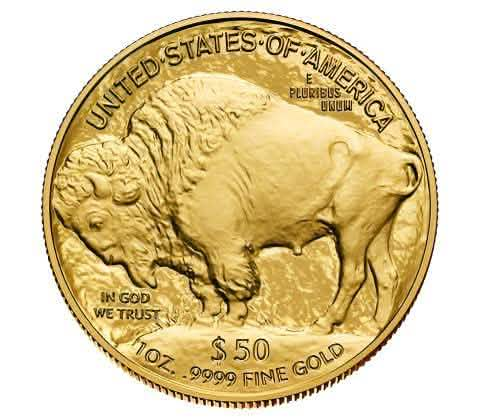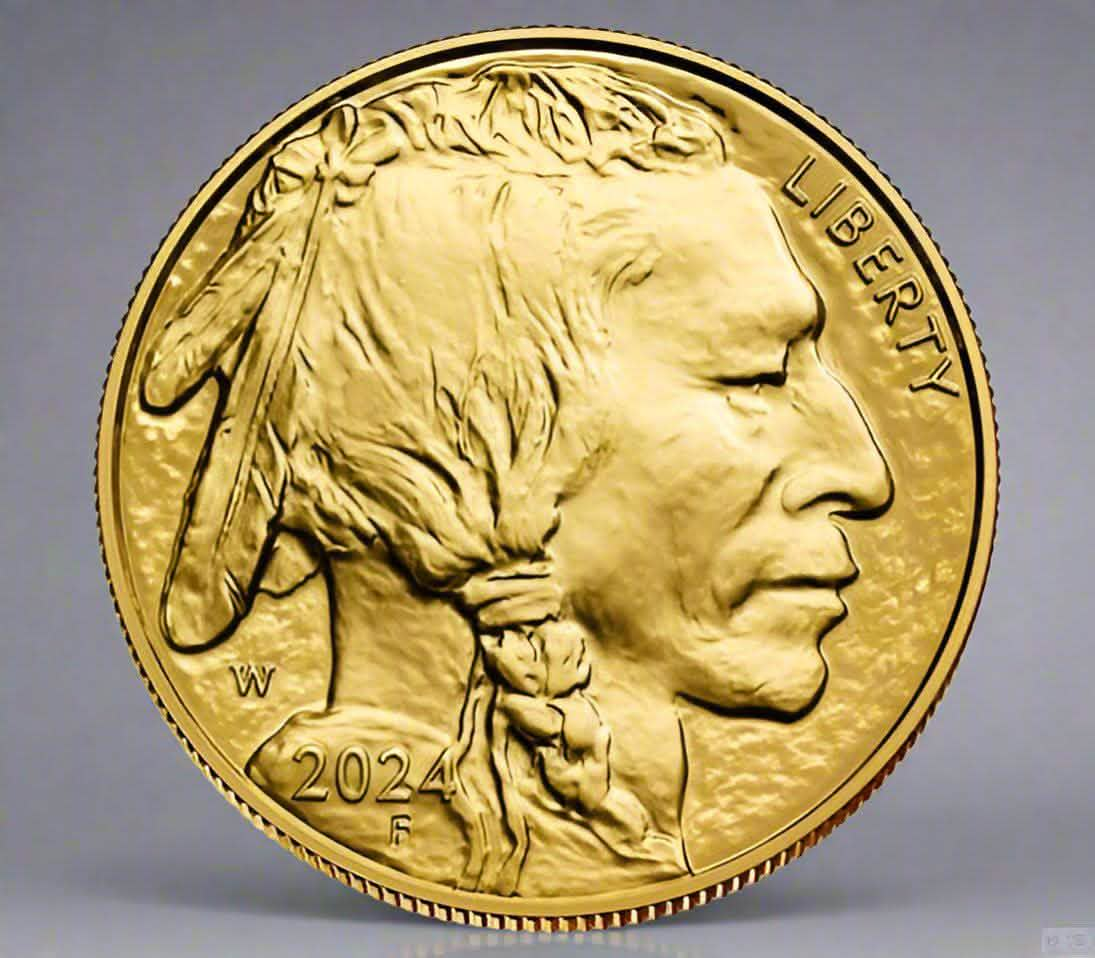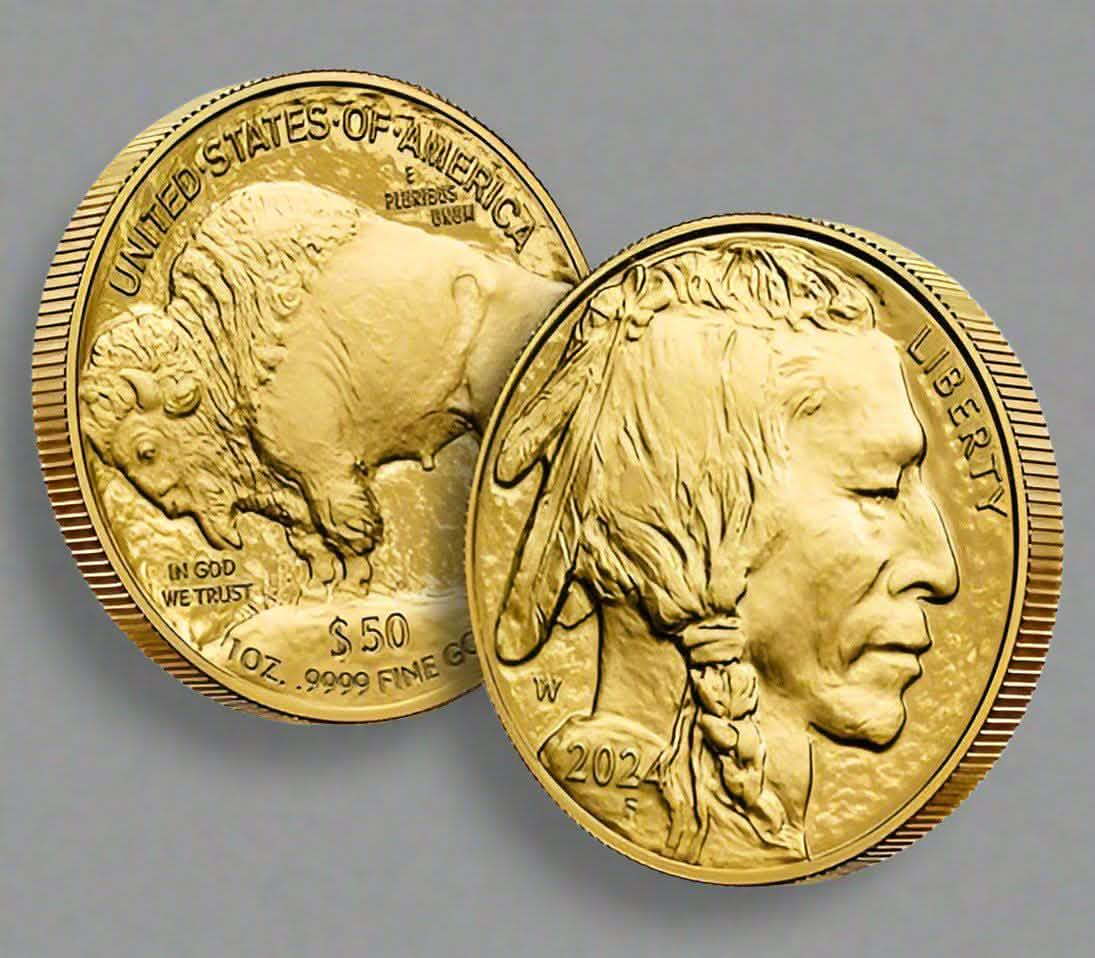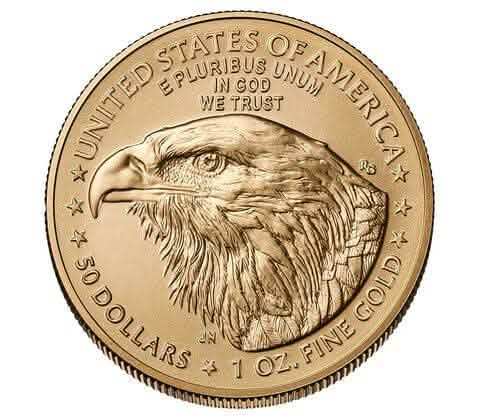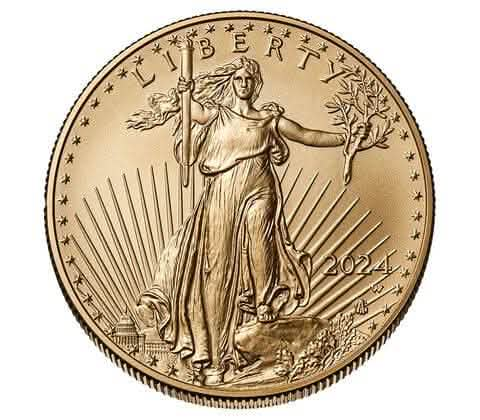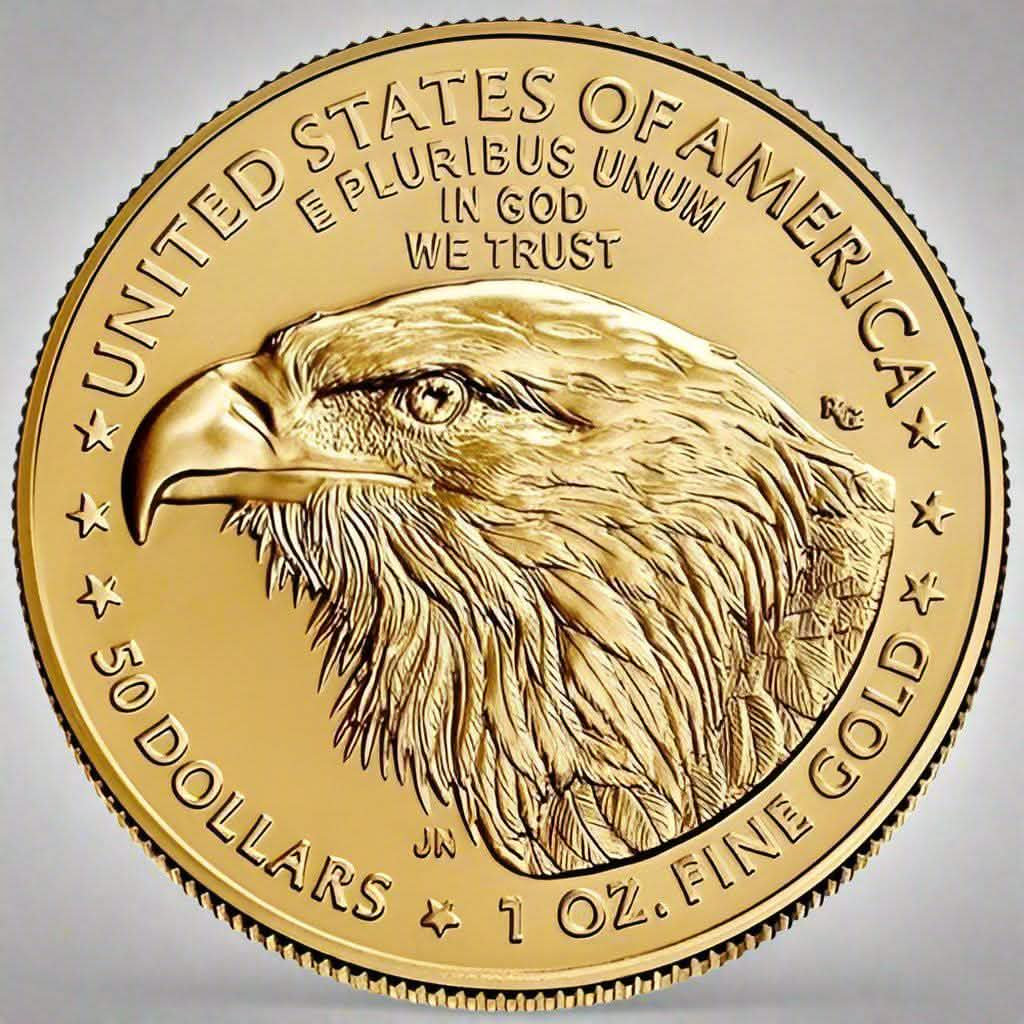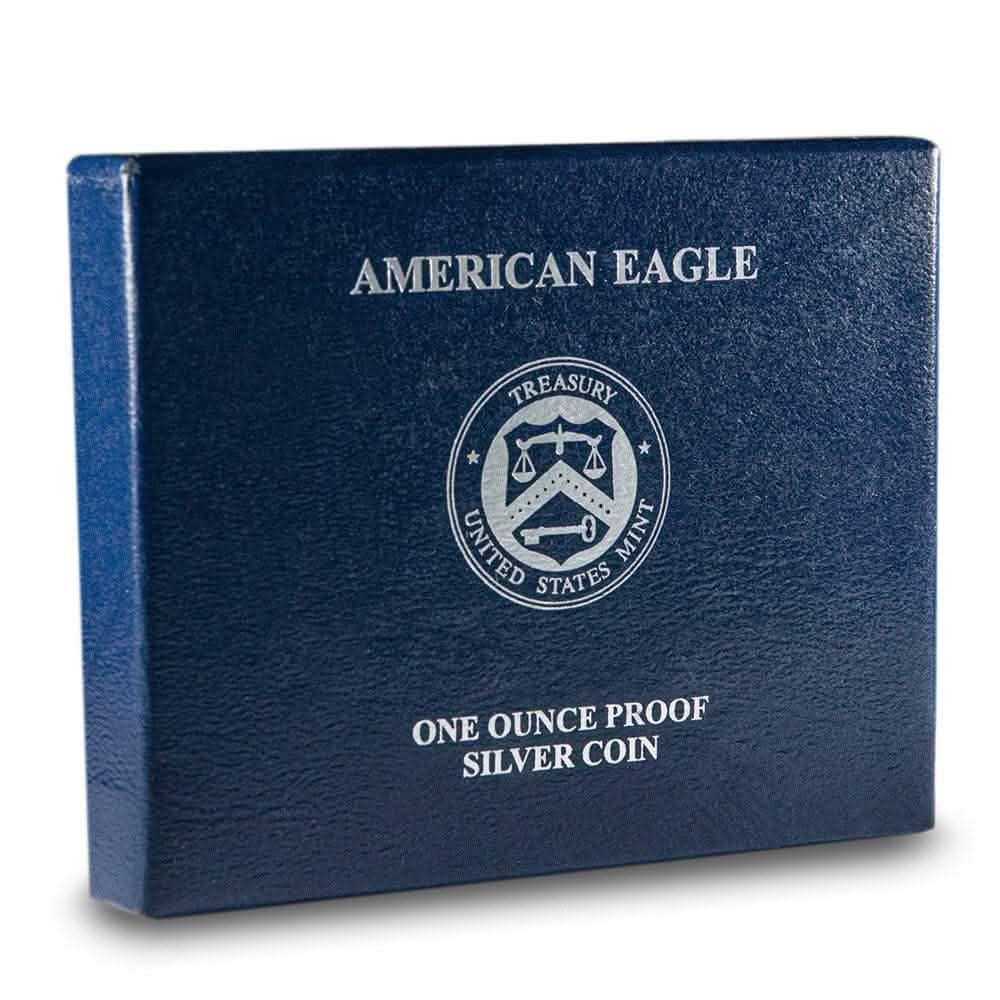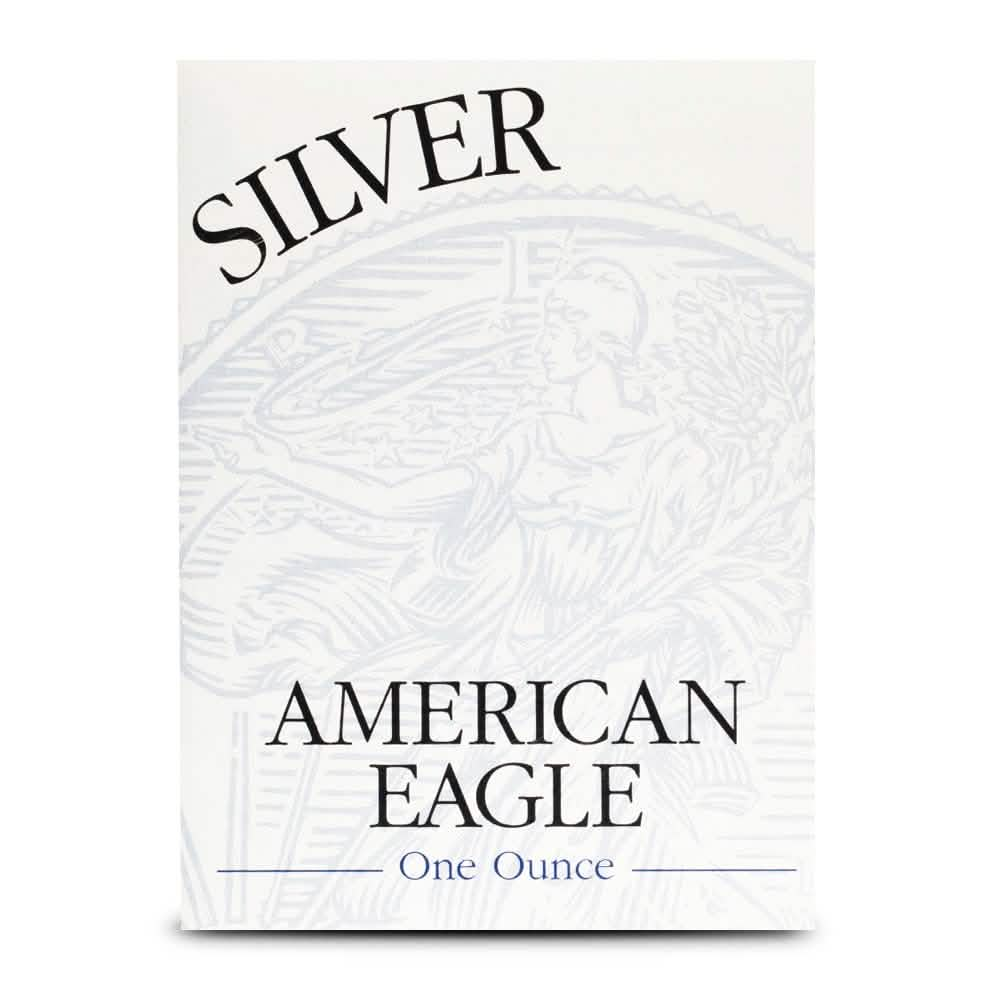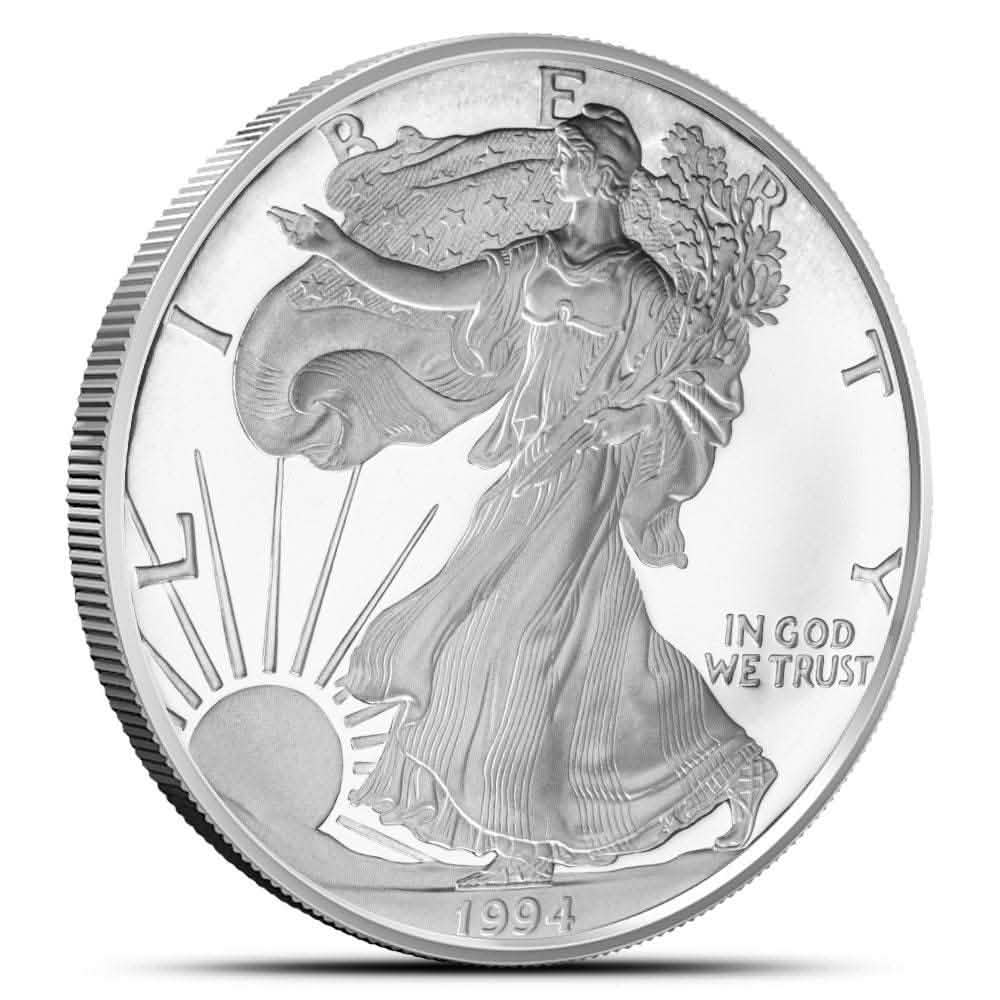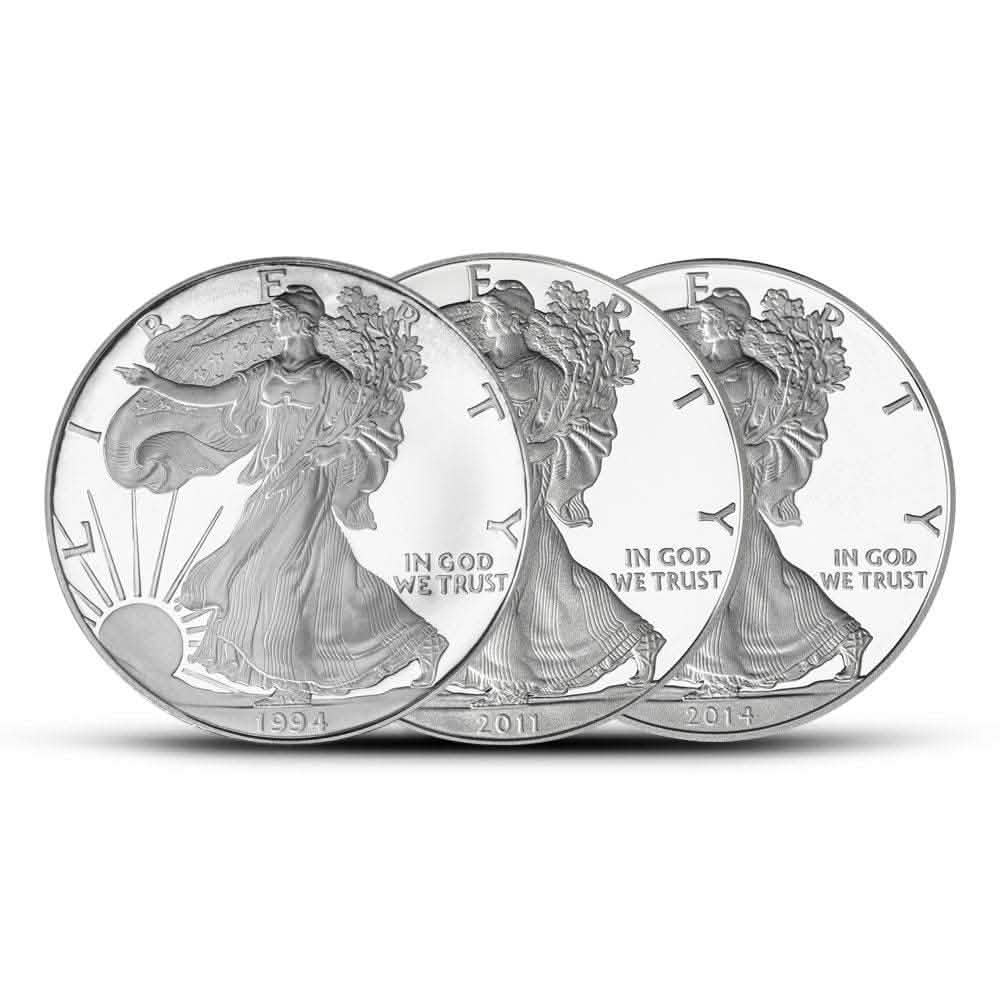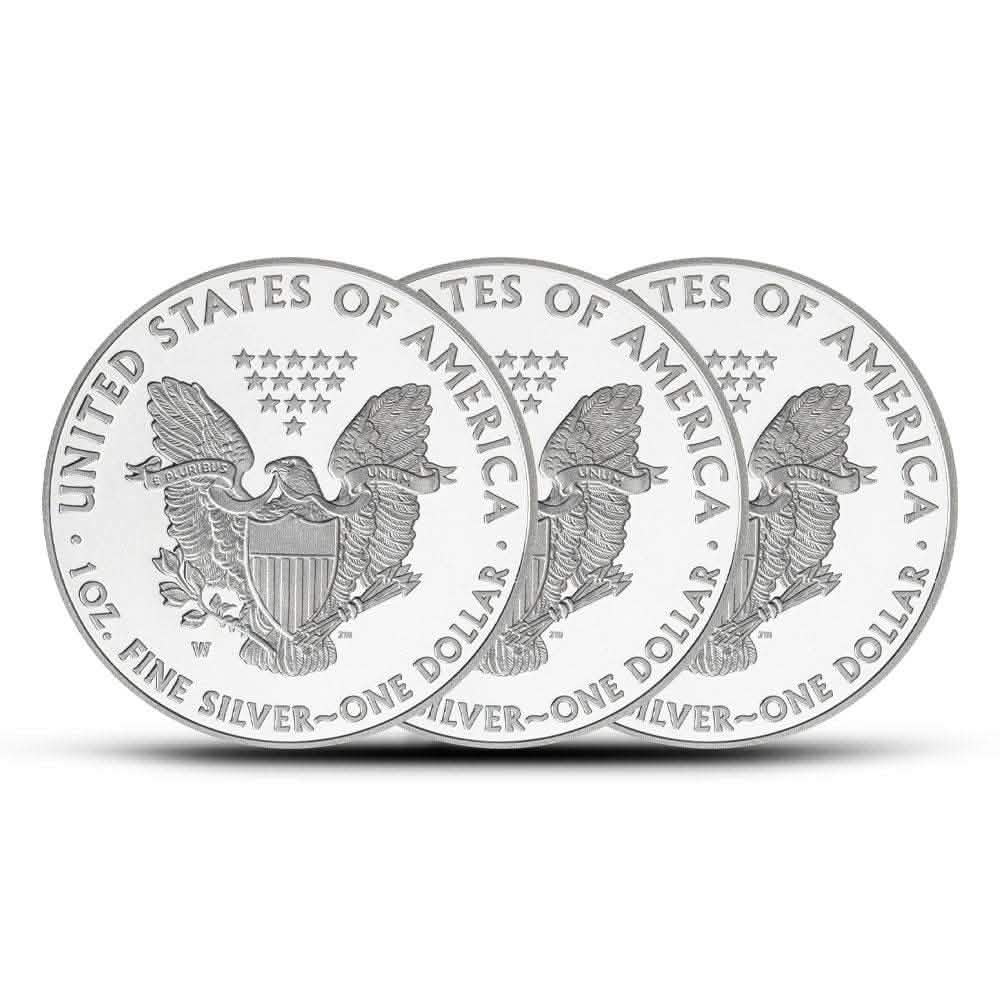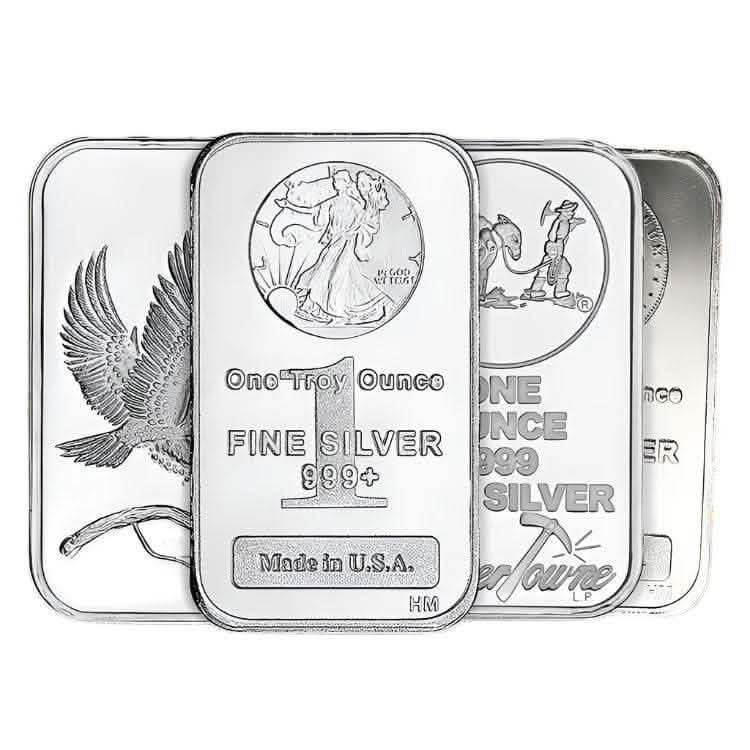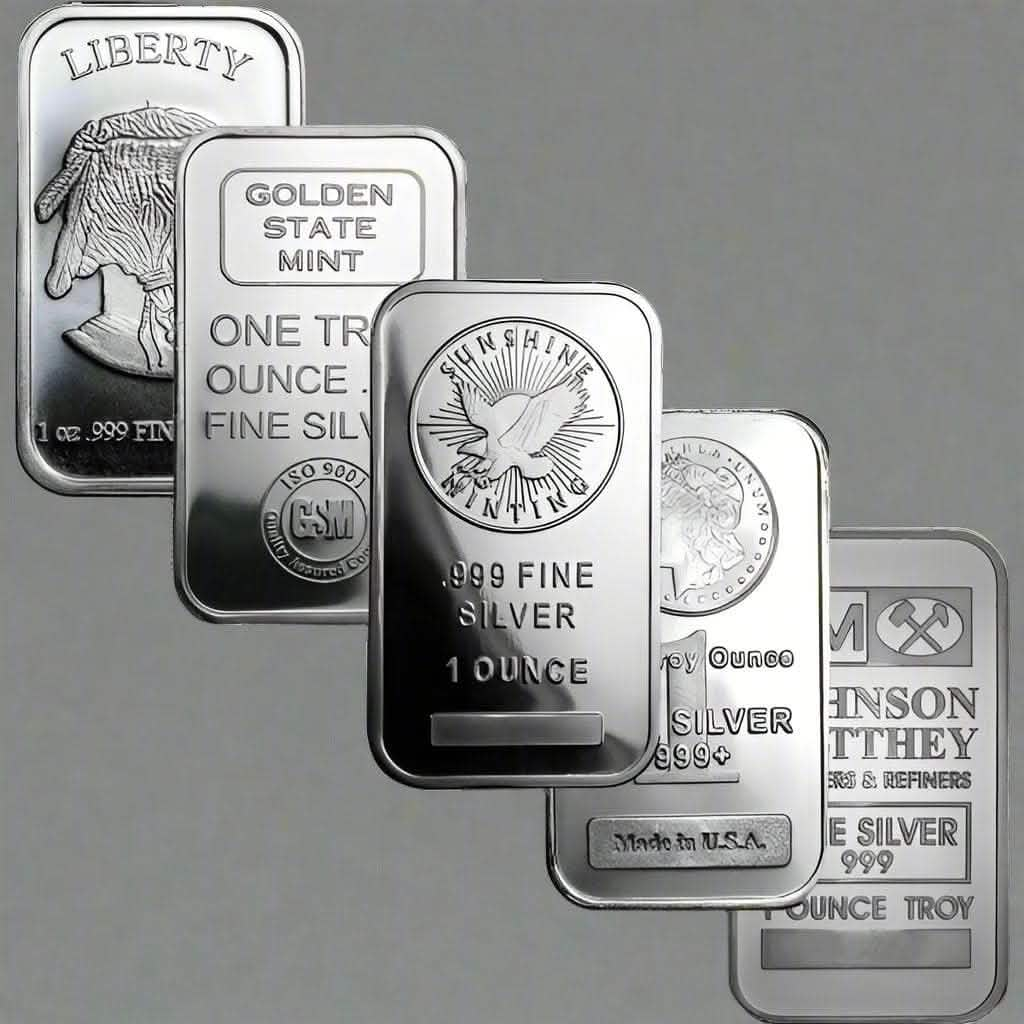Have you heard the curious claim that silver can melt ice? It’s a topic that has piqued the interest of many, especially in the realm of coin collectors who often deal with silver in various forms. Whether you're a seasoned numismatist or just starting, understanding the properties of silver is crucial. This blog post will explore whether silver can melt ice, why this myth persists, and what it means for coin collectors. Prepare to discover fascinating insights about silver's interaction with ice and how it affects your precious collection.
Understanding Silver's Properties
Silver is more than just a shiny metal to craft coins and jewelry. Known for its excellent thermal and electrical conductivity, silver is a unique element with a variety of applications. However, being a good conductor doesn’t equate to magical properties, like melting ice at first touch.
Thermal conductivity is the key here. Silver can effectively transfer heat, which affects its interaction with colder materials like ice. This conductivity leads some to believe that silver melts ice faster than other materials. But does it really? Let's dig deeper.
The Science of Heat Transfer
To understand how silver might melt ice, we need to discuss heat transfer. Heat always moves from a warmer object to a cooler one. When a warmer silver object comes into contact with ice, it transfers its heat to the ice. This process is no different from that of any other material in contact with ice.
However, silver is a superior conductor so that it might transfer heat more efficiently than other metals. This efficiency makes the ice melt faster than it would with less conductive materials. It's important to note that silver itself isn't melting the ice; rather, it's facilitating heat transfer more effectively.
Testing the Silver-Ice Theory
Curious minds might ask if silver truly melts ice faster than other materials. To explore this, consider an easy experiment. Take a silver coin and a similar-sized coin made from a less conductive metal, like nickel. Place both on separate ice cubes and observe what happens.
You'll find that the ice under the silver coin may melt quicker than the ice under the nickel coin. This occurs because silver's conductivity allows it to transfer heat from the surrounding environment to the ice faster. However, remember that this doesn't mean silver has any unique melting ability—it's merely more efficient at moving heat.
The Role of Temperature
The temperature of the silver object itself plays a significant role in its ability to melt ice. A warm silver coin will naturally melt ice faster than a cold one. The source of the warmth can be simply room temperature or the heat from your hand.
Therefore, your body heat can contribute to handling silver coins. This is another reason silver seems to melt ice faster—it efficiently transfers the heat from its surroundings, including your body, to the ice.
Dispelling the Myth
While silver is indeed an efficient conductor of heat, it doesn't possess any unique properties that allow it to melt ice by itself. Understanding this helps dispel the myth surrounding silver and ice. This knowledge is essential for coin collectors, as it prevents misconceptions about the properties of their collections.
Understanding the science behind silver's conductivity can help collectors better appreciate their coins' composition and handle them appropriately. It also reminds us that while myths can be intriguing, they often obscure the true beauty and value of silver.
Practical Implications for Coin Collectors
Knowing that silver doesn’t possess special ice-melting abilities can influence how collectors care for their coins. Silver’s excellent conductivity can also help in storage practices, as temperature fluctuations in storage areas can affect the longevity and condition of silver coins.
Collectors should store their coins in environments with stable temperatures and minimal humidity. This practice ensures that silver's heat conductivity doesn't cause unwanted reactions with other environmental elements, which can tarnish or degrade the coins over time.
How Conductivity Affects Coin Preservation
Silver's ability to conduct heat isn't just about melting ice; it also relates to its susceptibility to temperature changes. For collectors, this means considering how storage environments impact their collections.
Subtle temperature variations can cause silver coins to expand and contract, potentially affecting their structural integrity over time. Proper storage solutions, such as climate-controlled cases or vaults, can mitigate these risks and preserve the coins' pristine condition.
A Common Misunderstanding in Coin Valuation
The misunderstanding about silver's properties can extend to coin valuation. Some might mistakenly believe that the ability to "melt ice" adds novelty or value to silver coins. However, this needs to be more accurate, and collectors should focus on factors like rarity, historical significance, and condition when assessing a coin's value.
Understanding and debunking myths can protect collectors from erroneous appraisals and ensure they make informed decisions about their assets. Silver coins' intrinsic beauty and historical worth truly define their value in the collector's market.
Educating Fellow Collectors
Disseminating accurate information is essential within the coin-collecting community. By sharing knowledge about silver's properties, collectors can help others appreciate their collections more fully.
Encouraging dialogue among collectors fosters a deeper understanding of numismatics and prevents myths from taking root. The more collectors know about the materials and history behind their coins, the richer their collecting experience becomes.
Looking Beyond Silver's Shine
In conclusion, silver's interaction with ice is fascinating but has no magical properties. Instead, its excellent conductivity showcases the ingenuity of its natural characteristics. This understanding plays a crucial role in the preservation and appreciation of coin collectors.
Acknowledging the science behind silver helps demystify its properties and allows collectors to focus on the actual value of their collection. Engage with fellow collectors, share knowledge, and continue to explore the captivating world of silver coins with a more informed perspective.
Final Thoughts for Curious Collectors
Silver's allure goes beyond its shine. Collectors can enhance their appreciation of this beautiful metal by debunking myths and understanding the science. For those eager to explore more about silver and its unique properties, joining collector communities and engaging in discussions can offer valuable insights that enrich the collecting experience.
